zollabea
TPF Noob!
- Joined
- Apr 19, 2013
- Messages
- 3
- Reaction score
- 0
- Location
- Tennessee
- Can others edit my Photos
- Photos NOT OK to edit
I'm researching purchasing a starter DSLR and was looking on some feedback on which models to consider. I've used SLR film before, then switched to digital point and shoot, but I'm ready for a real camera again.
The most important feature is that it HAS to have a quick shutter, meaning, if it has Live View, I have to be able to shut off live view and sleep mode so that it's ready to snap quickly, for capturing the moment (kids, pets, etc). This is the one thing I can't stand about my point and shoot.
The other feature I'm looking for is the ability to take great photos in low and natural light. I'm not asking for a miracle in my price range ($500 ish - actually looking at refurbished where I can get a $500 camera for $300-$400), but I do want something that is the best in the starter class for this.
All the other stuff is not as important. I'm doing my own research, but it is amazinginly difficult to sort though all the marketing statments to get down to the nitty gritty of which cameras have what I am looking for.
The most important feature is that it HAS to have a quick shutter, meaning, if it has Live View, I have to be able to shut off live view and sleep mode so that it's ready to snap quickly, for capturing the moment (kids, pets, etc). This is the one thing I can't stand about my point and shoot.
The other feature I'm looking for is the ability to take great photos in low and natural light. I'm not asking for a miracle in my price range ($500 ish - actually looking at refurbished where I can get a $500 camera for $300-$400), but I do want something that is the best in the starter class for this.
All the other stuff is not as important. I'm doing my own research, but it is amazinginly difficult to sort though all the marketing statments to get down to the nitty gritty of which cameras have what I am looking for.



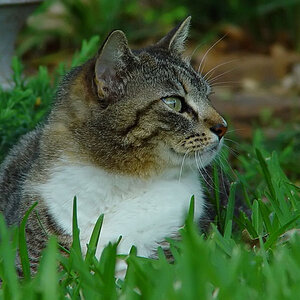
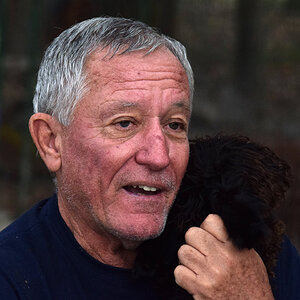
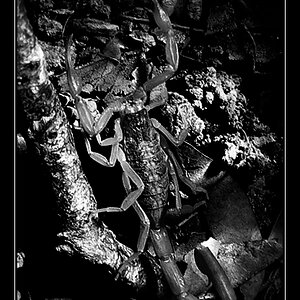
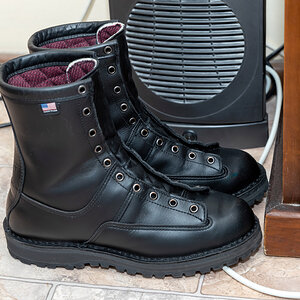
![[No title]](/data/xfmg/thumbnail/37/37536-3578b4f283f738d862be62d896fa52d5.jpg?1619738132)
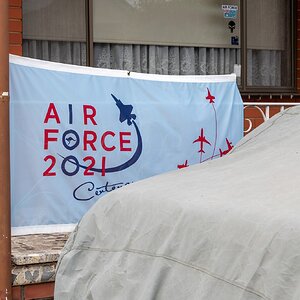
![[No title]](/data/xfmg/thumbnail/39/39473-02c5070f4f13c145d9e4e3f13d9eec0f.jpg?1619739043)
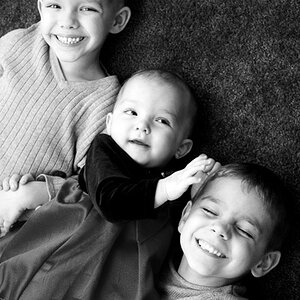
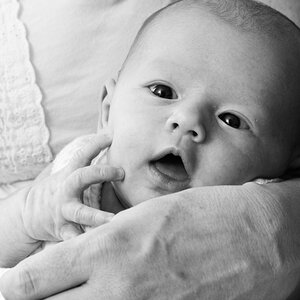
![[No title]](/data/xfmg/thumbnail/33/33356-9cfc19255e84aab13c903f781a99cf9f.jpg?1619735920)
![[No title]](/data/xfmg/thumbnail/42/42230-fa8ace50a80342c7d91db1431f911bab.jpg?1619740048)